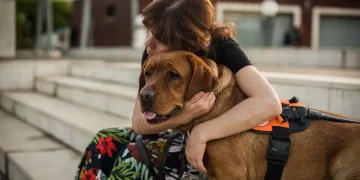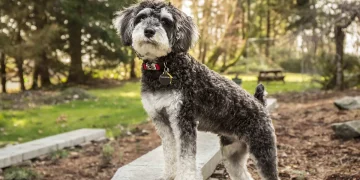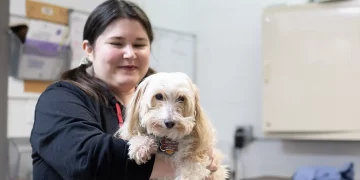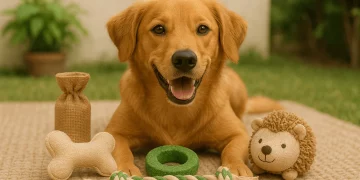Ten Days, One Bonded Future
When a rescue dog arrives in a new home, everything is foreign: the smells, the sounds, the rules, the people. They may come with scars—visible or hidden—and a suitcase of confusion about what to expect. Yet inside each of them lies the potential to learn, connect, and thrive. With the right approach, teaching a rescue dog basic commands in just 10 days is not only possible—it can be the foundation for long-term trust and stability.
This isn’t about trick training or obedience trophies. It’s about giving a newly adopted dog the language to understand safety, structure, and connection. Backed by behavioral science and centered on positive reinforcement, a simple 10-day training plan can set both dog and human up for mutual understanding—and maybe even joy.
Why Timing and Structure Matter for Rescues
The first days after adoption are critical. Many rescue dogs are stressed from recent upheavals, whether they’ve come from shelters, foster care, the streets, or worse. Their brains are on high alert, constantly scanning for threats or unpredictability. That’s why early training shouldn’t focus on correction—it should focus on communication.
Science shows that dogs trained with positive reinforcement retain commands better, offer more focus, and exhibit fewer fear-based behaviors. This is especially vital for rescues, who may associate raised voices or firm touches with past trauma. Consistency, kindness, and clear signals help them feel safe enough to learn.
Rather than wait until your dog feels “ready,” start teaching right away using short sessions, clear cues, and lots of treats. Your dog doesn’t need a perfect past to learn new things. They just need repetition, reward, and your patient attention.
The 10-Day Command Training Plan
Day 1: Name Recognition and Focus
Goal: Teach the dog to respond to their name and make eye contact.
Start by simply saying your dog’s name in a cheerful voice. When they look at you, mark the behavior with a clicker or a happy “Yes!” and give a treat. Repeat this several times in a quiet room.
Once the dog consistently responds, start adding movement. Say their name when they’re distracted by a toy or sniffing the floor. Reward when they look at you. Keep sessions under 5 minutes and end on success.
Why it matters: Focus is the gateway to all other learning. Without it, commands are just background noise.
Day 2: “Sit” — the Universal Starting Point
Goal: Teach “sit” using luring and reward.
Hold a treat just above your dog’s nose and slowly move it back toward the top of their head. As their eyes follow the treat, their rear will naturally lower to the ground. The moment their bottom touches down, say “Sit,” reward, and praise.
Practice several times in sets of three to five. Don’t push their bottom or repeat the cue. If they don’t sit, reset and try again.
Why it matters: “Sit” helps dogs settle in doorways, at mealtimes, and during walks. It also builds the idea that calm behavior earns rewards.
Day 3: “Down” — Introducing Relaxation
Goal: Teach the “down” command using a lure from the “sit” position.
With your dog sitting, hold a treat at their nose and slowly lower it to the ground. Then, drag it forward a few inches. Most dogs will follow the motion and lie down. Say “Down” as soon as elbows hit the floor, and reward immediately.
If the dog pops back up, that’s fine—this is about repetition. Stay patient and enthusiastic.
Why it matters: “Down” signals rest and control. It’s especially helpful for dogs who get overstimulated or anxious.
Day 4: “Touch” — A Gentle Way to Reconnect
Goal: Teach your dog to touch your palm with their nose.
Hold your open palm a few inches from your dog’s face. Most dogs will sniff or boop it out of curiosity. The moment they do, say “Touch” and reward. Once consistent, begin to move your hand to different locations—left, right, lower, higher.
Why it matters: “Touch” builds focus and recall. It also creates a non-threatening way to redirect a nervous or shy dog without grabbing or pulling.
Day 5: “Stay” — Building Self-Control
Goal: Introduce the concept of stillness on command.
Ask your dog to “Sit” or “Down.” Then say “Stay” while showing a flat hand (like a stop sign). Count to one, then reward if your dog remains in place. Gradually build duration and add distance. Always return to your dog to give the treat—don’t call them to you just yet.
Use a release word like “Free” or “Okay” to signal when the stay ends.
Why it matters: “Stay” teaches impulse control and is essential for safety, especially in busy environments or around doors.
Day 6: “Come” — The Lifesaving Cue
Goal: Teach recall in a positive, playful way.
Use a long leash or work indoors. Crouch down, open your arms, and say “Come!” in a cheerful tone. When your dog moves toward you, reward heavily with treats and praise. Never use “Come” to scold or end fun.
If your dog hesitates, try running backward or clapping. Once they reach you, reward like it’s the best moment ever.
Why it matters: A strong recall can save your dog’s life and gives them freedom off leash when appropriate.
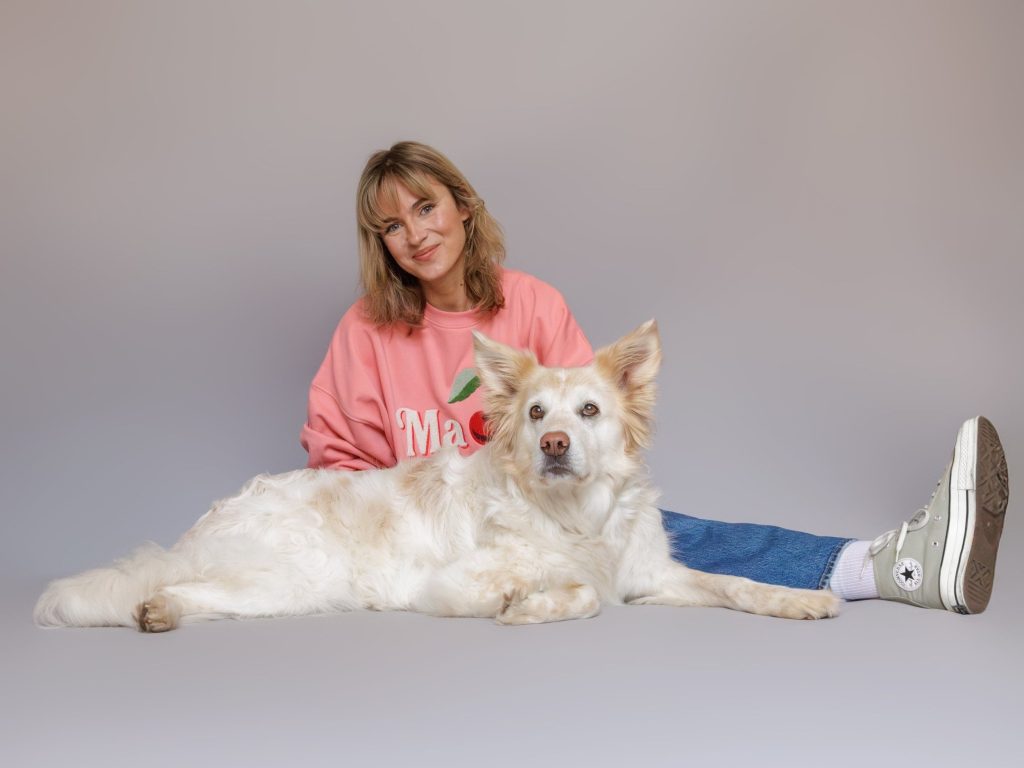
Day 7: “Leave It” — Navigating Temptation
Goal: Teach your dog to ignore tempting objects on cue.
Place a treat under your foot. Let your dog sniff, paw, or whine. The moment they back off, say “Yes!” and reward with a better treat from your hand. Then say “Leave it,” uncover the treat, and repeat.
Once your dog understands, begin using the cue around other distractions—trash, toys, food.
Why it matters: “Leave it” is essential for safety and polite behavior in public spaces or around children.
Day 8: “Wait” at Doors and Mealtimes
Goal: Teach your dog to pause instead of rushing through doorways or lunging for food.
Before opening a door, ask for a “Sit” or “Stay.” Crack the door slightly. If your dog moves, close it gently and try again. Once they wait calmly, say “Okay” and open it fully. Use the same approach before placing down a food bowl.
Why it matters: “Wait” teaches patience, improves manners, and helps prevent darting out into unsafe areas.
Day 9: “Drop It” — Safety During Play
Goal: Train your dog to release objects on command.
Start during tug or fetch. Offer a second toy or treat and say “Drop it.” When your dog lets go, immediately reward with the new item. Repeat in calm settings until it becomes a reliable cue.
Avoid forcibly pulling objects away—it creates tension and mistrust.
Why it matters: “Drop it” helps prevent choking, toy guarding, and accidental ingestion of dangerous objects.
Day 10: Review and Repetition with Calm Confidence
Goal: Practice all commands with a calm, consistent approach.
Run through all the commands in a low-distraction environment. Mix up the order and reward heavily. Identify weak spots (e.g., recall or “Stay” with distractions) and continue working on them beyond day 10.
Celebrate progress—even if your dog only reliably responds to a few cues. The first 10 days are a beginning, not an end.
Why it matters: Review consolidates learning, builds confidence, and reveals what your dog enjoys most.
Making Every Interaction a Learning Opportunity
Training doesn’t stop when the sessions do. Use daily moments—walks, meals, greetings—as chances to reinforce commands. Ask for a “Sit” before clipping the leash. Use “Stay” at crosswalks. Practice “Come” around the house. Each repetition builds trust and fluency.
Always train with rewards your dog finds meaningful. For some, it’s cheese or liver treats. For others, it’s praise, toys, or belly rubs. Watch your dog’s reactions and adjust.
Rescue dogs may come with unpredictable histories, but their futures are built one positive choice at a time.
Encouraging Adoption Through Training Success
Too often, dogs are returned to shelters due to perceived behavioral problems. But many of these “problems” stem from a lack of communication, not aggression or defiance. When adopters are equipped with a clear plan and early wins, they’re more likely to commit for life.
Training success stories also encourage others to adopt. Seeing a formerly scared or confused dog learn commands in days builds public confidence in rescue animals. Every “Sit,” “Stay,” or “Come” is not just a milestone—it’s a message that rescue dogs are ready to learn, ready to love, and absolutely worth the effort.
Conclusion: Ten Days to a New Beginning
In just 10 days, a rescue dog can go from wary and uncertain to engaged and hopeful. Teaching basic commands isn’t about control—it’s about communication. With patience, positivity, and structure, you’ll not only teach commands—you’ll lay the groundwork for a partnership built on trust and mutual respect.
Whether your dog is young or old, shy or confident, the ability to learn lives within them. And in your consistency lies their chance to succeed.




